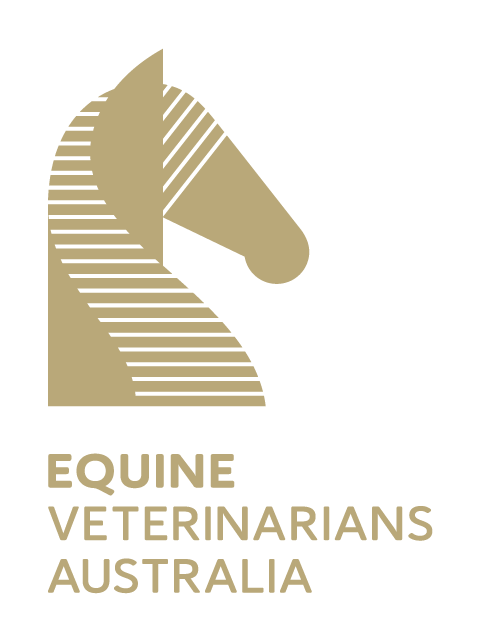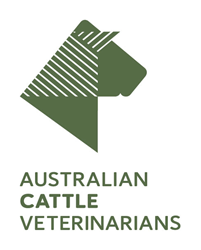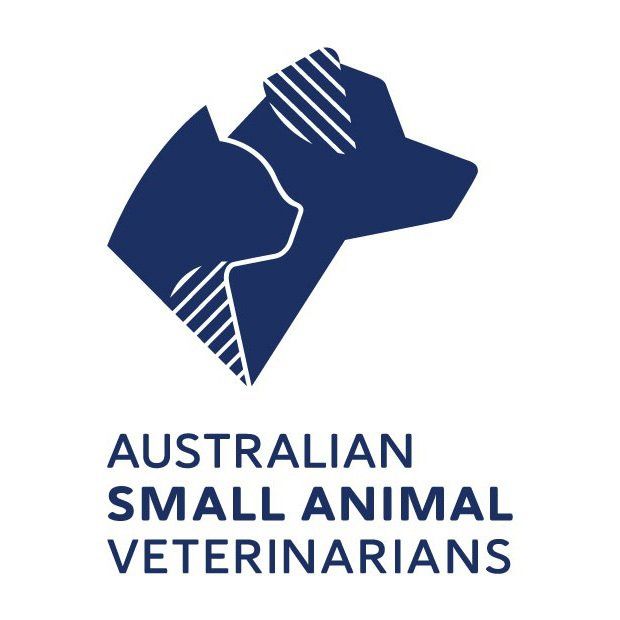BREEDING YOUR CATTLE
Our livestock reproduction specialists at the Warwick Vet Clinic have put together the below advice to help you manage the successful and safe reproduction of your cattle.
BULL SELECTION
A major objective in a cow-calf operation is to produce one calf from each cow annually. Since individual bulls service many females, a deficiency in the breeding ability of one bull has a larger impact on herd productivity than fertility problems in a single female.
Proper selection and management of the beef bull will increase the probability of a successful breeding season. A complete assessment of potential fertility includes an evaluation of structural soundness, reproductive organs, semen quality, libido, and nutritional status. Selection for increased scrotal circumference should increase inherent fertility in both male and female progeny.
All our clients’ bulls are assessed according to ACV guidelines and reported Electronically in bull reporter.
IN CALF ADVICE
CALVINGS
Calving season is a busy time of year for cattlemen and it is a critical step toward a productive year. The first rule is frequent observation of the cows due to calve, especially the first calf heifers.
Adequate facilities make a great difference in providing assistance at calving and also address occupational health and safety issues.
Labour
- The first stage of labour is the cervical dilation period and usually takes 2–6 hours.
- The second stage of labour is when the head or feet of the calf enter the vagina and stimulates abdominal straining to expel the calf.
- The actual delivery should only require 30 minutes to 2 hours of this straining. If no foetal parts enter the vagina because of problems in positioning, the cow may not show active straining, but she will show uneasiness and signs of discomfort. The calf will usually live for 8 to 10 hours after the abdominal straining begins.
You will need to examine the cow if:
- She has been in first stage labor for 3–6 hours and doesn’t start actively straining.
- She has been in second stage labor for 1–2 hours with little progress.
- The water sac or membranes have been evident for 1–2 hours with little progress.
After Care
Have towels available to dry off the calf; iodine the navel; be sure it gets colostrum within 30 – 60 minutes; and warm it up if needed. Assist the cow in standing and keep her off of slick areas if she is wobbly.
24-HOUR FARM VISITS
Warwick Vet Clinic offers 24-hour farm visits to assist you with calving – whether it be for a straight forward or difficult labour. Contact the clinic to find out more.









